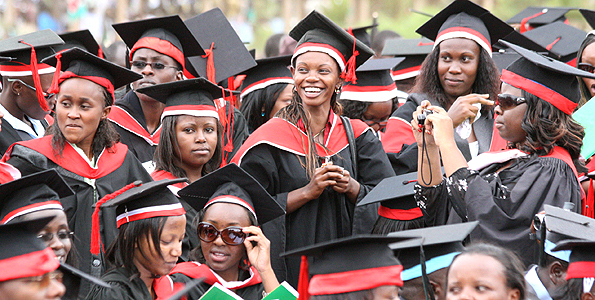In a move set to revolutionize access to higher education, the government has announced a drastic reduction in tuition fees for public universities and constituent colleges across the country. This comes as a major relief for thousands of students and their families who have grappled with steep university fees in recent years.
According to a notice published by Education Report, the revised tuition structure will take effect on September 1, 2025. Higher Education Principal Secretary Beatrice Inyangala confirmed that the changes were the product of months-long consultations involving students, educational experts, and members of the public.
Key beneficiaries of this fee overhaul are students enrolled in high-cost programmes such as medicine, dentistry, engineering, and architecture. Medical students who previously paid up to Sh600,000 annually will now pay between Sh22,371 and Sh75,000 for clinical years. Pre-clinical students will pay between Sh12,960 and Sh51,840. Similarly, engineering and architecture courses have seen their fees slashed from Sh396,000 to between Sh14,256 and Sh57,888.
For students like Brian Odhiambo from Siaya County, this change is life-changing. “I had thought of dropping out after my HELB loan fell short,” Brian, a second-year engineering student, said. “My mother couldn’t raise Sh390,000. But with the new fees around Sh57,000, I can now see a way forward.”
Inyangala stressed that the revised fees would be accompanied by a strengthened framework for scholarships and student loans, tailored to individual financial circumstances. “Universities must update their admissions and finance portals to reflect these new charges,” she said.
The move will also positively impact students in humanities and social sciences. Courses such as literature, history, and political science will now cost between Sh5,814 and Sh23,256—significantly down from previous fees that soared to Sh144,000.
According to the PS, the adjustments are part of a broader government strategy to align university education with national development priorities. “This reform reflects our dedication to affordable, accessible, and quality education,” Inyangala noted. “It is built on the Student-Centred Funding Model introduced last year to ensure equity and sustainability.”
This fee reduction not only paves the way for more equitable education but also signals the government’s responsiveness to public outcry over rising education costs.




